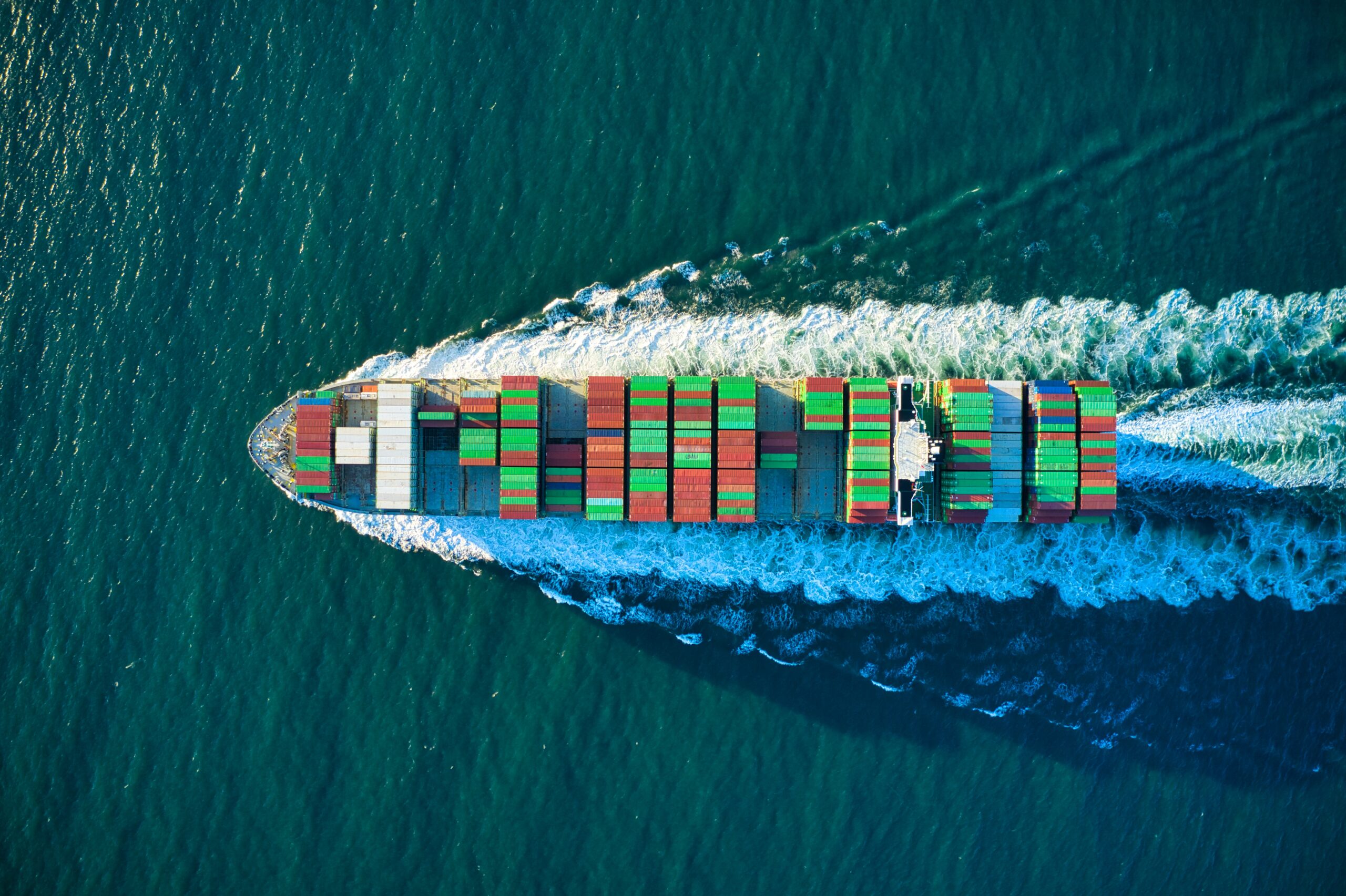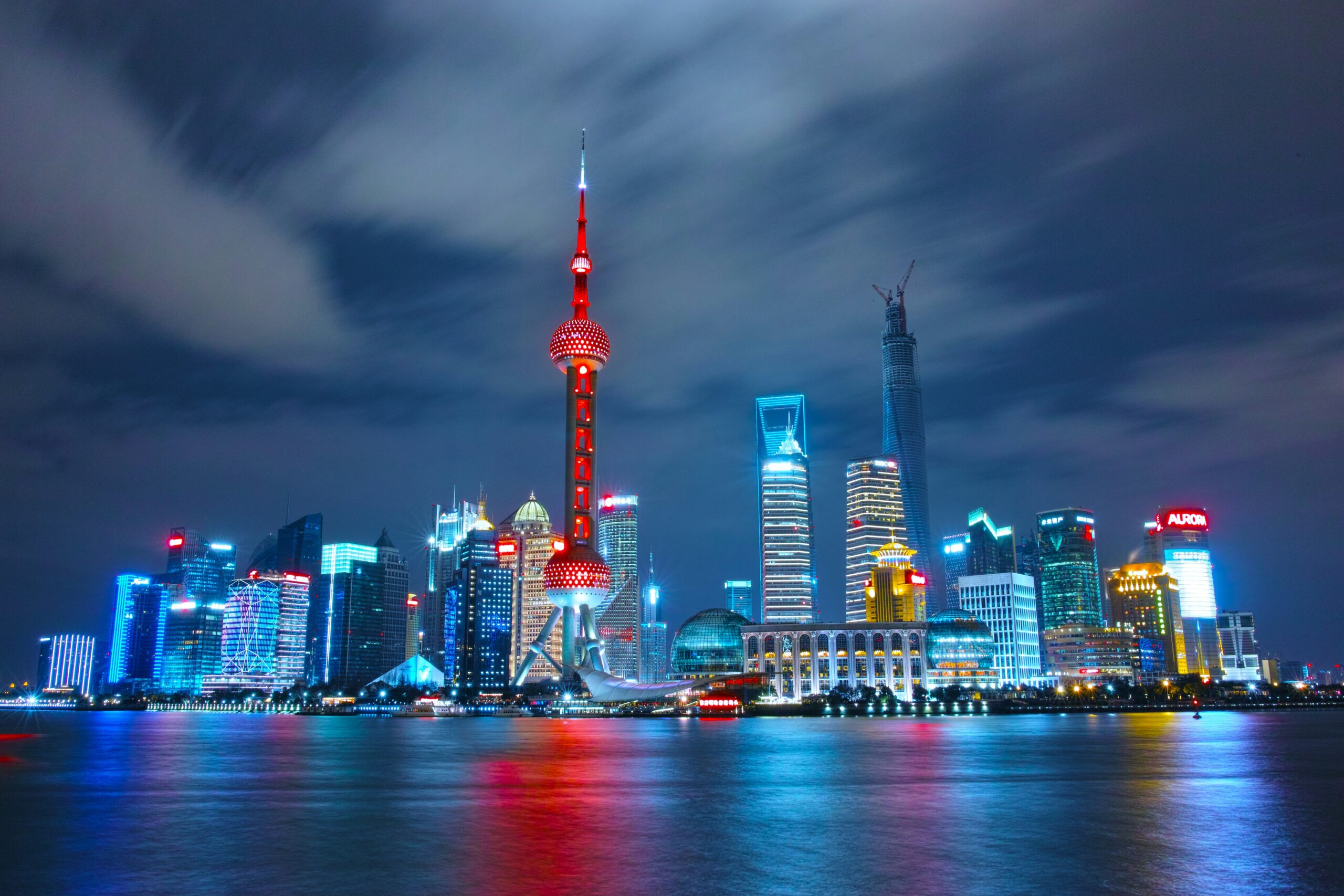The Red Sea crisis, which began in October 2023 when Yemen’s Houthi rebels launched a series of attacks on Israeli and international shipping vessels, has shown no signs of abating, despite mounting pressure from the United Nations and regional powers.
The crisis has disrupted one of the world’s busiest and most strategic waterways, forcing many ships to take longer and more expensive routes around the Cape of Good Hope in South Africa. This has added to the inflationary pressures and supply chain bottlenecks that have plagued the global economy since the coronavirus pandemic.
According to the International Monetary Fund, the global economy shrank by 4.4% in 2020, the worst decline since the Great Depression of the 1930s. The IMF had projected a recovery of 5.2% in 2021, but the Red Sea crisis has cast doubt on that outlook.
“The Red Sea crisis poses a significant risk to the global recovery, as it affects the trade and energy flows between Asia, Europe and the Middle East,” said Gita Gopinath, the IMF’s chief economist, in a recent report. “We urge all parties to the conflict to cease hostilities and engage in a peaceful dialogue to resolve the situation.”
The UN Security Council adopted a resolution on Tuesday, calling for an immediate end to the Houthi attacks and demanding that the rebels allow humanitarian access to the millions of people suffering from famine and disease in Yemen. The resolution was backed by 13 members, but Russia and China abstained, citing concerns over the wording and the potential for further escalation.
The Houthis, who control most of Yemen and are backed by Iran, have claimed responsibility for the attacks, saying they are a response to the Saudi-led coalition’s bombing campaign and blockade of Yemen. The coalition, which includes the United Arab Emirates, Egypt and Sudan, has been fighting the Houthis since 2015, with the support of the United States, Britain and France.
The Houthis have also targeted southern Israel with missiles and drones, sparking retaliatory strikes from the Israeli military. Israel has accused Iran of using the Houthis as a proxy to wage a covert war against it, and has vowed to defend its territory and interests.
The Red Sea crisis has also heightened the tensions between Iran and its regional rivals, Saudi Arabia and the UAE, who have been competing for influence and resources in the Middle East and beyond. The crisis has also drawn in other major powers, such as France, which has sent naval forces to escort its ships in the Red Sea, and China, which has increased its economic and diplomatic presence in the region.
The Red Sea is a vital artery for global trade, connecting the Mediterranean Sea with the Indian Ocean. It carries about 10% of the world’s seaborne trade, including oil, gas, minerals, food and manufactured goods. It is also home to some of the world’s most diverse and endangered marine ecosystems, which are threatened by pollution, overfishing and climate change.
The Red Sea crisis has highlighted the fragility and interdependence of the global economy, as well as the need for multilateral cooperation and conflict resolution. As the world faces multiple challenges, from the pandemic to climate change, the Red Sea crisis serves as a reminder of the importance of maintaining peace and stability in a vital region of the world.








